Home>Garden Essentials>Ground Cover: Snow On The Mountain – How To Get Rid Of It
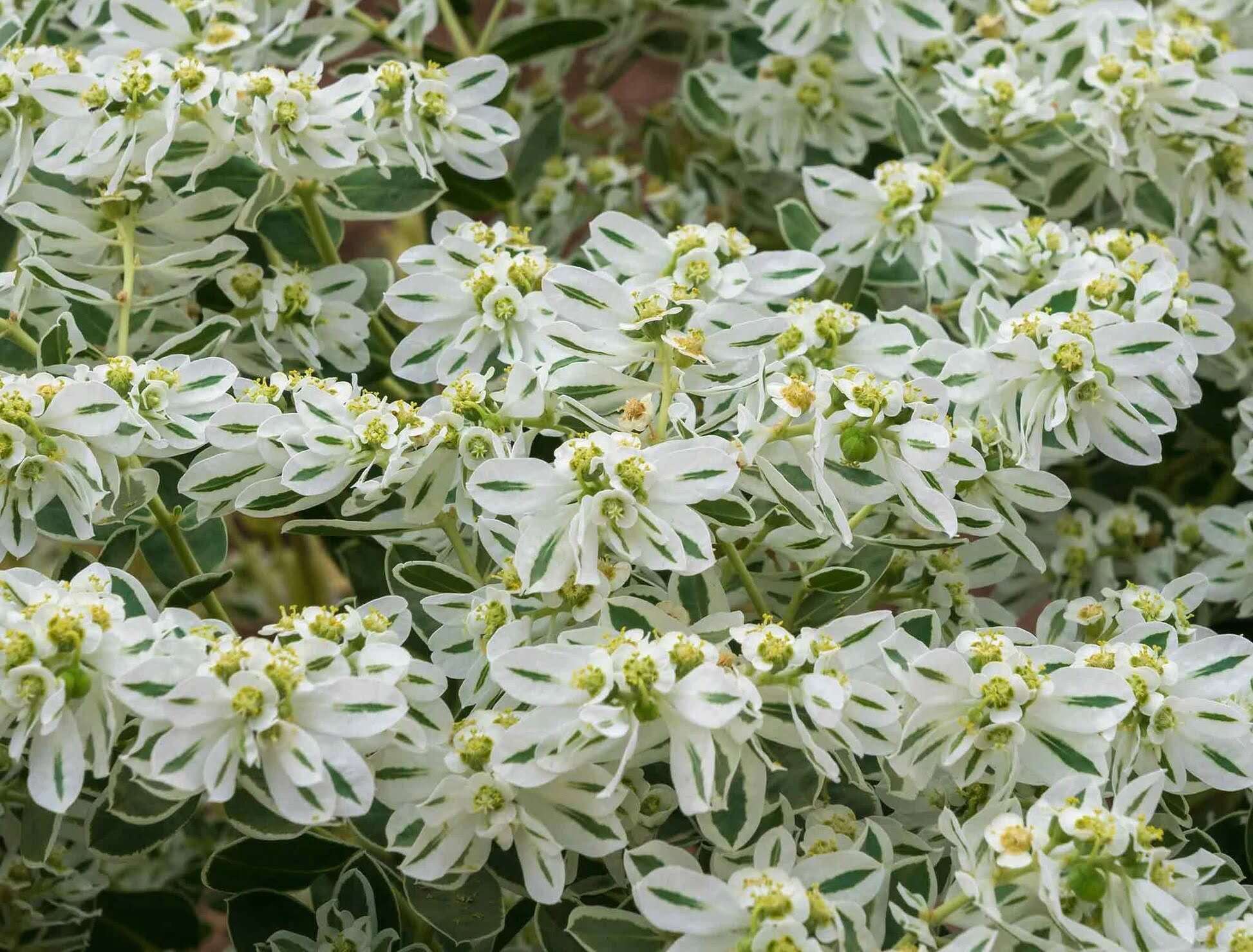

Garden Essentials
Ground Cover: Snow On The Mountain – How To Get Rid Of It
Modified: March 15, 2024
Learn how to get rid of snow on the mountain, a common ground cover in gardens, with our helpful gardening tips and techniques.
(Many of the links in this article redirect to a specific reviewed product. Your purchase of these products through affiliate links helps to generate commission for Storables.com, at no extra cost. Learn more)
Introduction
Welcome to the world of gardening! Whether you’re an experienced gardener or just starting out, maintaining a beautiful and thriving garden is a rewarding and fulfilling experience. However, every now and then, you might encounter certain challenges that need to be addressed, such as dealing with snow on the mountain.
Snow on the mountain, scientifically known as Aegopodium podagraria, is a ground cover plant that can be quite invasive if left unattended. While it may seem harmless at first, its fast-growing nature can quickly take over your garden, crowding out other plants and robbing them of vital nutrients and sunlight.
This article will guide you through the process of identifying and understanding snow on the mountain, the negative impact it can have on your garden, and effective methods to remove and prevent its growth. By following these steps, you’ll be able to maintain a healthy and vibrant garden that is free from the invasiveness of snow on the mountain.
So, let’s delve deeper into the world of snow on the mountain and learn how to effectively deal with this ground cover plant.
Key Takeaways:
- Snow on the mountain, a pretty but invasive ground cover, can harm your garden. Use hand pulling, smothering, or herbicides to remove it, and prevent its growth with regular maintenance and mulching.
- To tackle snow on the mountain, assess the infestation, choose the right removal method, and prevent its return with proper plant spacing and regular inspections. Gardening is a journey, so stay informed and persistent!
Read more: How To Get Rid Of Juniper Ground Cover
Understanding Snow On The Mountain
In order to effectively tackle the issue of snow on the mountain, it’s important to have a clear understanding of this plant and its characteristics. Snow on the mountain, or Aegopodium podagraria, is a perennial ground cover that belongs to the carrot family. It is native to Europe and is now found in various parts of North America.
Snow on the mountain is known for its attractive foliage, which consists of variegated leaves with green edges and white centers. The plant can reach a height of about 12 inches and spreads rapidly through underground rhizomes. This aggressive growth habit allows it to quickly cover large areas, making it difficult to control once established.
One distinguishing feature of snow on the mountain is its ability to tolerate a wide range of growing conditions. It thrives in both sunny and shaded areas, making it adaptable to different garden settings. However, it tends to prefer moist soil and can become more invasive in damp environments.
It’s also important to note that snow on the mountain produces clusters of small white flowers during the summer months. While these flowers may add a touch of beauty to the garden, they also contribute to the plant’s reproductive process, leading to further spread.
Now that we have a better understanding of snow on the mountain, let’s explore the negative impact it can have on your garden.
The Negative Impact of Snow On The Mountain
Despite its attractive appearance, snow on the mountain can have several detrimental effects on your garden if left unchecked. Here are some of the negative impacts you should be aware of:
- Aggressive Growth: Snow on the mountain has a vigorous growth habit, rapidly spreading through underground rhizomes. This can overtake and smother other desirable plants in your garden, leading to a loss of biodiversity.
- Competition for Resources: As snow on the mountain grows, it competes with other plants for essential resources such as sunlight, water, and nutrients. This can weaken and stifle the growth of your desired plants, hampering their overall health.
- Difficulty in Eradication: Due to its fast-spreading rhizomes and resilience, snow on the mountain can be challenging to eradicate once it becomes established in your garden. Its ability to withstand various growing conditions makes it difficult to fully eliminate.
- Invasive Nature: Snow on the mountain is classified as an invasive species in many regions. This means that it can outcompete and displace native plants, disrupting local ecosystems and reducing biodiversity.
- Allergies and Skin Irritation: For some individuals, snow on the mountain can cause allergic reactions and skin irritation. This can be problematic if you or your family members have sensitivities or allergies.
It’s crucial to address the negative impact of snow on the mountain early on to prevent further damage to your garden and surrounding environment. In the next section, we will discuss how to assess the need for removal and the methods available to effectively deal with this ground cover plant.
Assessing the Need for Removal
Before taking any action to remove snow on the mountain from your garden, it’s important to assess the extent of the infestation and determine whether removal is necessary. Here are a few factors to consider when assessing the need for removal:
- Extent of Growth: Evaluate the scale of the snow on the mountain infestation in your garden. If it is limited to a small area and hasn’t spread significantly, you may be able to manage it through regular maintenance and control methods. However, if it has taken over a large portion of your garden or shows signs of aggressive expansion, removal may be necessary.
- Impact on Desired Plants: Take note of how snow on the mountain is affecting your desired plants. If it is competing for resources and hindering the growth of your preferred plants, removal becomes more critical. Assess the overall health and vitality of your garden and consider whether the presence of snow on the mountain is compromising its aesthetics and functionality.
- Environmental Considerations: If snow on the mountain has invaded natural habitats, such as woodlands or meadows, it may have a more significant ecological impact. In these cases, removal is essential to protect native plant species and maintain biodiversity in the area.
- Safety Concerns: Evaluate potential safety risks associated with snow on the mountain. For example, if it is encroaching on walkways, driveways, or other areas where it can cause tripping hazards, removal should be prioritized to ensure the safety of yourself and others.
By considering these factors, you can make an informed decision about whether removal is necessary in your specific situation. If removal is required, there are several effective methods available, which we will explore in the next section.
Methods to Remove Snow On The Mountain
Once you’ve determined that removal is necessary, there are various methods you can employ to effectively get rid of snow on the mountain. Keep in mind that a combination of techniques may yield the best results, depending on the size of the infestation and your personal preferences. Here are some common methods to consider:
- Hand Pulling: If the infestation is relatively small and limited to a specific area, you can opt for hand pulling. Wear gloves to protect your hands and gently pull the plants out from the root. Be thorough to ensure you remove as much of the rhizomes as possible. Dispose of the plants carefully to prevent any further spread.
- Smothering: Smothering is an effective method for larger infestations. Cover the affected area with a thick layer of cardboard, newspaper, or a weed barrier fabric to block sunlight and prevent the snow on the mountain from growing. This method can take several weeks or months to be fully effective, so be patient and monitor the area regularly.
- Mowing or Cutting: For extensive infestations, mowing or cutting can help control and weaken the snow on the mountain. Use a lawnmower or trimmer to reduce the height of the plants. Repeat the process as necessary to discourage regrowth. Combine this method with other removal techniques to maximize effectiveness.
- Herbicides: Herbicides can be used as a last resort or for more severe infestations. Selective herbicides specifically designed to target broadleaf weeds can be effective in controlling snow on the mountain. Read and follow the instructions carefully, ensuring that the herbicide is safe to use around desired plants and according to local regulations.
Remember to consider the size of your garden, your ability to manually remove the plants, and your preference for chemical or non-chemical methods when selecting the appropriate removal technique. Additionally, it’s important to be vigilant and continue monitoring your garden after removal to prevent any potential regrowth.
Now that you are familiar with the different removal methods, let’s explore ways to prevent the growth of snow on the mountain in your garden.
To get rid of snow on the mountain ground cover, you can use a shovel to carefully remove the snow, or use a snow blower for larger areas. Be sure to clear the snow before it becomes compacted and difficult to remove.
Read more: How To Get Rid Of Grass In Ground Cover
Manual Removal Techniques
Manual removal techniques are a practical and environmentally friendly approach to effectively eliminate snow on the mountain from your garden. While they can be time-consuming, these methods are suitable for smaller infestations and areas where the use of herbicides or machinery may not be practical or preferred. Here are a few manual removal techniques to consider:
- Hand Pulling: Hand pulling is the simplest and most straightforward method. Wear gardening gloves to protect your hands and gently pull the plants out one by one, ensuring you remove as much of the root system as possible. Make sure to dispose of the pulled plants in a sealed bag to prevent reestablishment.
- Digging: For more stubborn or deeply rooted snow on the mountain, digging can be effective. Use a garden trowel or spade to loosen the soil around the plants and carefully lift them out with their root systems intact. Be thorough in removing all plant material and dispose of it properly.
- Smothering: In areas where hand pulling or digging is not practical, smothering can be an effective alternative. Cover the infested area with a thick layer of mulch, such as wood chips or cardboard, to block sunlight and suffocate the plants. This method takes time, and you may need to repeat the process multiple times to completely eradicate the snow on the mountain.
- Vinegar Solution: Another manual removal technique is using a vinegar solution. Mix equal parts white vinegar and water in a spray bottle and apply it directly to the leaves of the snow on the mountain. This can help weaken the plants and make hand pulling or digging more manageable. Be careful when using vinegar around desired plants, as it can also damage them.
Remember to stay persistent and regularly monitor the area for any regrowth. Manual removal techniques require consistent effort, especially in the case of a resilient plant like snow on the mountain. Combining different methods depending on the scale of the infestation can also yield better results. By diligently applying manual removal techniques, you can effectively get rid of the snow on the mountain and restore the health and aesthetics of your garden.
Next, let’s explore chemical removal options for more severe infestations or larger areas where manual techniques may not be applicable.
Chemical Removal Options
Chemical removal options can be effective for more severe infestations of snow on the mountain or larger areas where manual removal techniques may not be practical. When using chemical methods, it is important to exercise caution and follow the instructions carefully to minimize any potential risks to desirable plants and the environment. Here are a few chemical removal options to consider:
- Selective Herbicides: Selective herbicides are formulated to target specific types of weeds while leaving desirable plants relatively unharmed. Look for herbicides that are designed to control broadleaf weeds and are labeled for use on snow on the mountain. Follow the instructions on the product carefully, including dosage and application method.
- Systemic Herbicides: Systemic herbicides are absorbed by plant tissues and transported throughout the plant system, targeting the root system and effectively killing the snow on the mountain. These herbicides can be applied directly to the leaves or soil around the plants. It is important to read and follow the instructions on the product to ensure safe and effective use.
- Glyphosate-based Herbicides: Glyphosate-based herbicides can also be effective for eliminating snow on the mountain. These non-selective herbicides kill a wide range of plants, so use caution when applying them and take care to avoid contact with desired plants. Spot treatment with glyphosate-based herbicides can be effective for larger infestations, ensuring minimal impact on surrounding vegetation.
- Pre-emergent Herbicides: Pre-emergent herbicides can be used to prevent the germination and establishment of snow on the mountain. These herbicides create a barrier in the soil that prevents the growth of plant seeds, including the rhizomes of snow on the mountain. Apply pre-emergent herbicides in the spring or fall, according to the instructions on the product label.
When using chemical removal options, it is important to consider the potential impact on the environment. Avoid applying herbicides near bodies of water or in areas where runoff could harm aquatic life or contaminate groundwater. It is also crucial to follow local regulations and restrictions regarding the use of herbicides.
Remember that chemical removal options should be considered as a last resort and used only when manual techniques are not feasible or have proved ineffective. Always prioritize the health and well-being of your garden and surrounding environment when selecting and applying chemical removal options to eliminate snow on the mountain.
In the next section, we will discuss proactive measures to prevent the growth of snow on the mountain in your garden.
Preventing the Growth of Snow On The Mountain
Prevention is key when it comes to dealing with snow on the mountain. By taking proactive measures to prevent its growth and establishment, you can save yourself the time and effort required for removal. Here are some effective strategies to prevent the growth of snow on the mountain in your garden:
- Regular Maintenance: Maintaining a well-groomed garden is essential for preventing the growth of snow on the mountain. Regularly remove any unwanted plants or weeds, including young snow on the mountain seedlings, before they become established.
- Mulching: Apply a layer of organic mulch, such as wood chips or straw, around desirable plants. This helps to suppress weed growth, including snow on the mountain, by blocking sunlight and preventing seeds from germinating.
- Proper Plant Spacing: Plant your desired plants with ample space between them. By providing adequate spacing, you minimize the opportunities for snow on the mountain to invade and establish itself in overcrowded areas.
- Regular Inspections: Routinely inspect your garden for any signs of snow on the mountain. Early detection is crucial in preventing its spread. Take immediate action to remove any newly sprouted plants or small patches before they have a chance to grow and spread rapidly.
- Careful Plant Selection: When choosing new plants for your garden, opt for species that are not prone to becoming invasive or susceptible to snow on the mountain. Research the plants’ growth habits, invasiveness, and compatibility with your garden environment.
By implementing these proactive measures, you can significantly reduce the risk of snow on the mountain becoming a problem in your garden. Consistency and regularity are key in preventing the establishment and spread of this invasive ground cover.
Lastly, let’s summarize the key points covered in this article.
Conclusion
Snow on the mountain, with its attractive foliage and aggressive growth, can quickly become a nuisance in your garden if left unchecked. However, by understanding its characteristics, assessing the need for removal, and employing the right techniques, you can effectively eliminate snow on the mountain and maintain a healthy and vibrant garden.
We’ve explored both manual and chemical removal techniques, such as hand pulling, smothering, and the use of selective herbicides. Each method has its advantages, and the best approach depends on the scale of the infestation and your personal preferences. Remember to prioritize the health and well-being of your garden, as well as the surrounding environment, when using chemical removal options.
In addition to removal, taking proactive measures to prevent the growth of snow on the mountain is essential. Regular maintenance, proper plant spacing, mulching, and careful plant selection can all contribute to minimizing the risk of snow on the mountain becoming a problem in your garden. By staying vigilant and consistently implementing preventive strategies, you can maintain a weed-free and flourishing garden.
Remember, gardening is a continuous journey, and challenges such as snow on the mountain are an opportunity to enhance your skills and knowledge. Stay informed, experiment with different techniques, and seek advice from fellow gardeners or professionals if needed. With dedication and persistence, you can triumph over the invasiveness of snow on the mountain and create a garden that thrives with beauty and diversity.
Best of luck on your gardening endeavors!
Frequently Asked Questions about Ground Cover: Snow On The Mountain - How To Get Rid Of It
Was this page helpful?
At Storables.com, we guarantee accurate and reliable information. Our content, validated by Expert Board Contributors, is crafted following stringent Editorial Policies. We're committed to providing you with well-researched, expert-backed insights for all your informational needs.
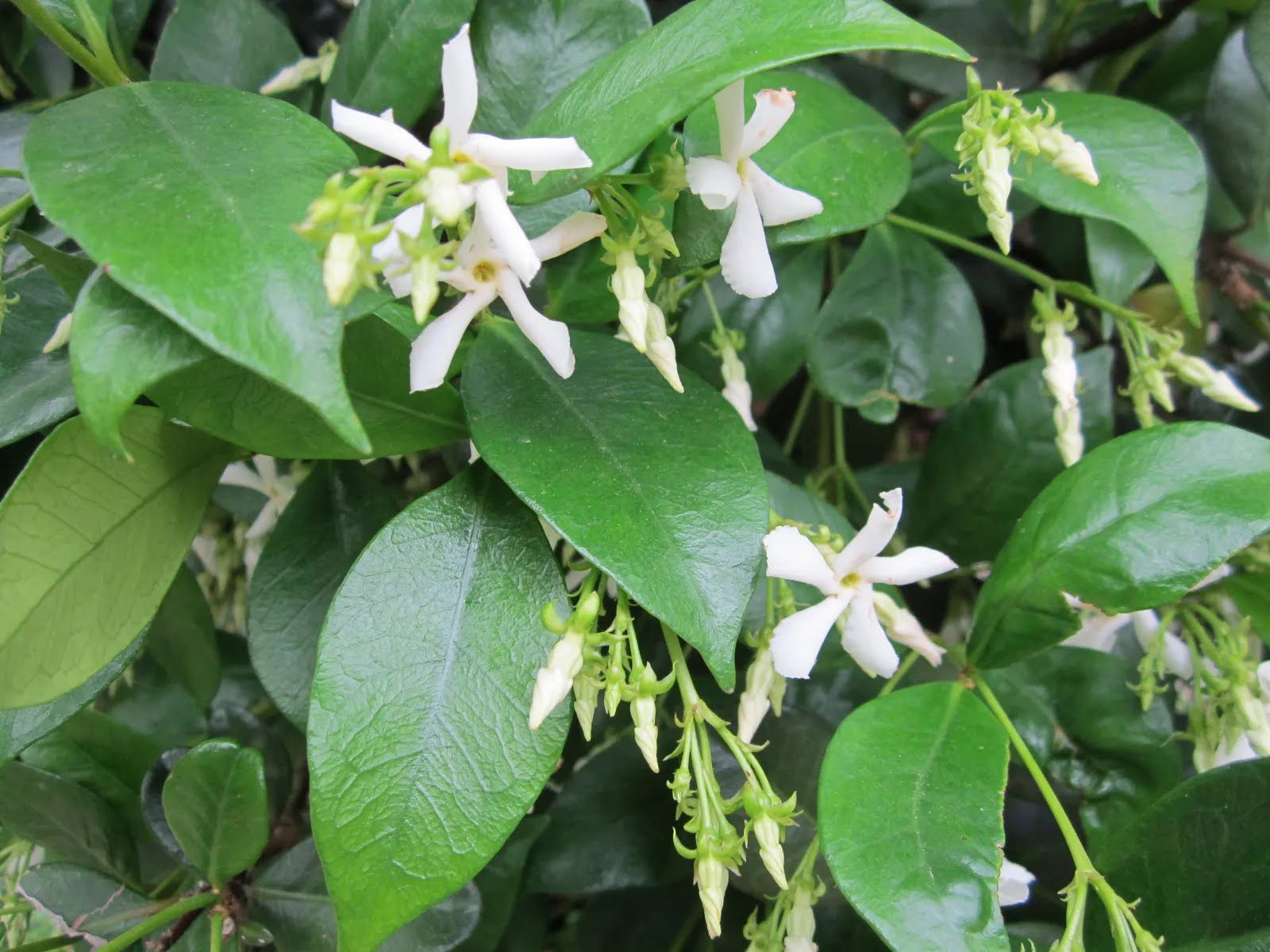
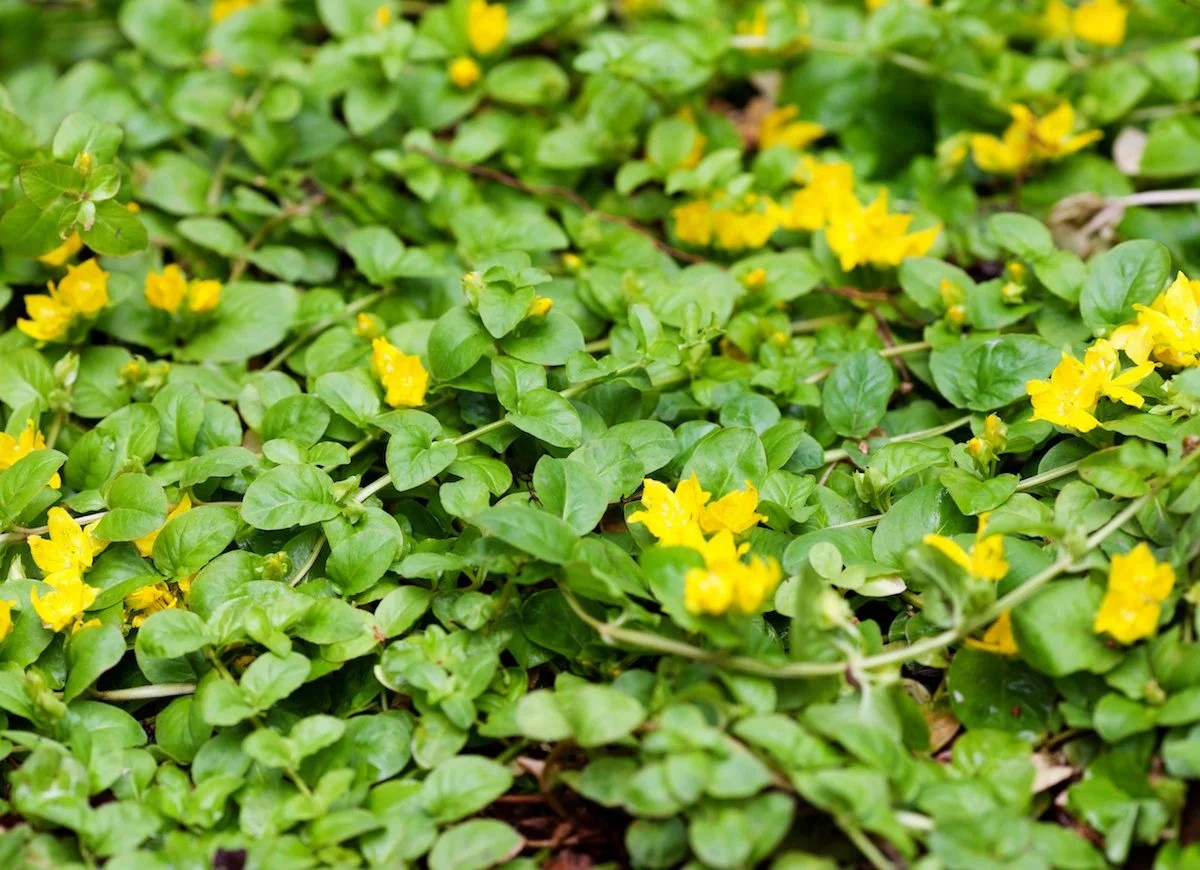

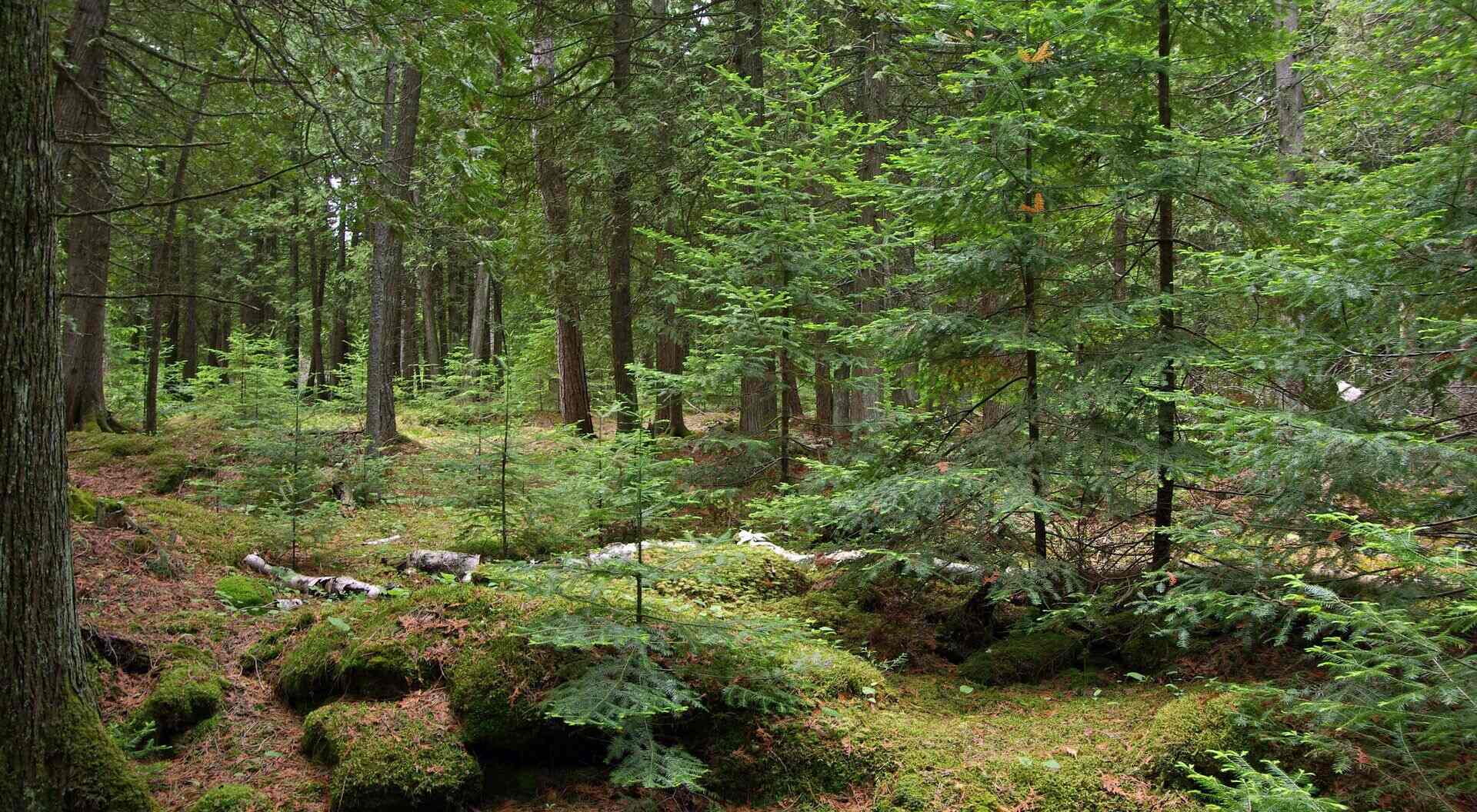
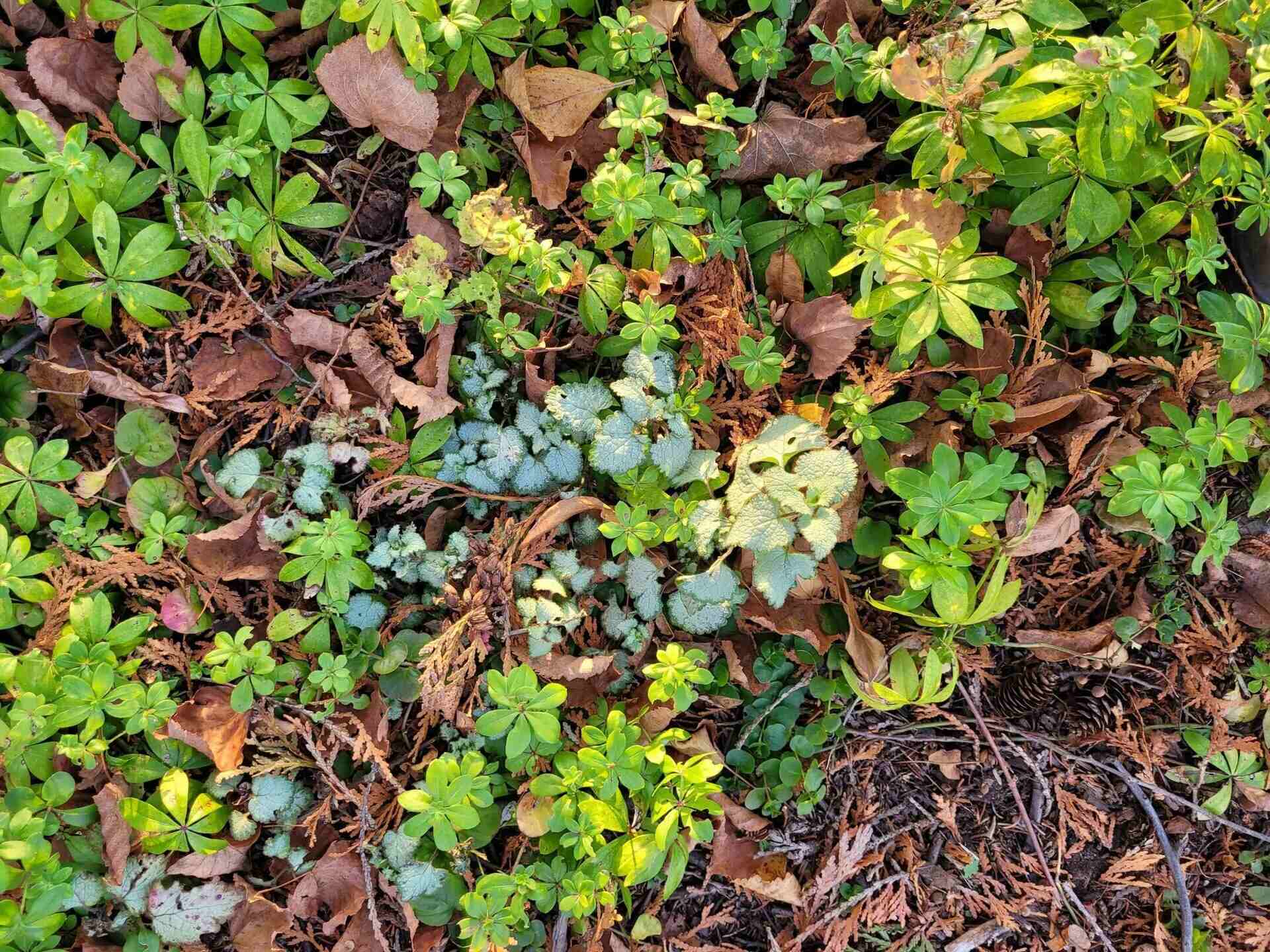
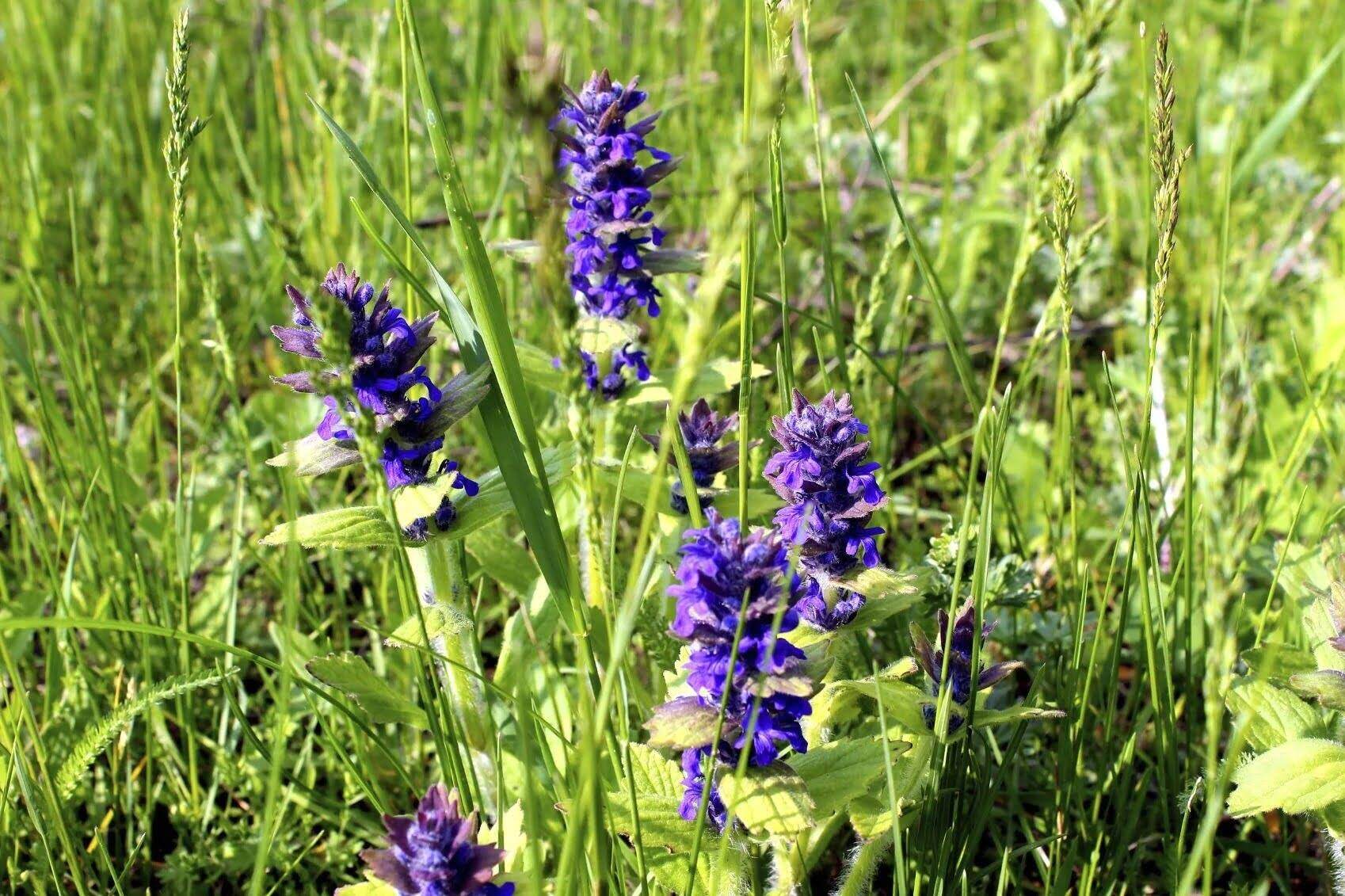
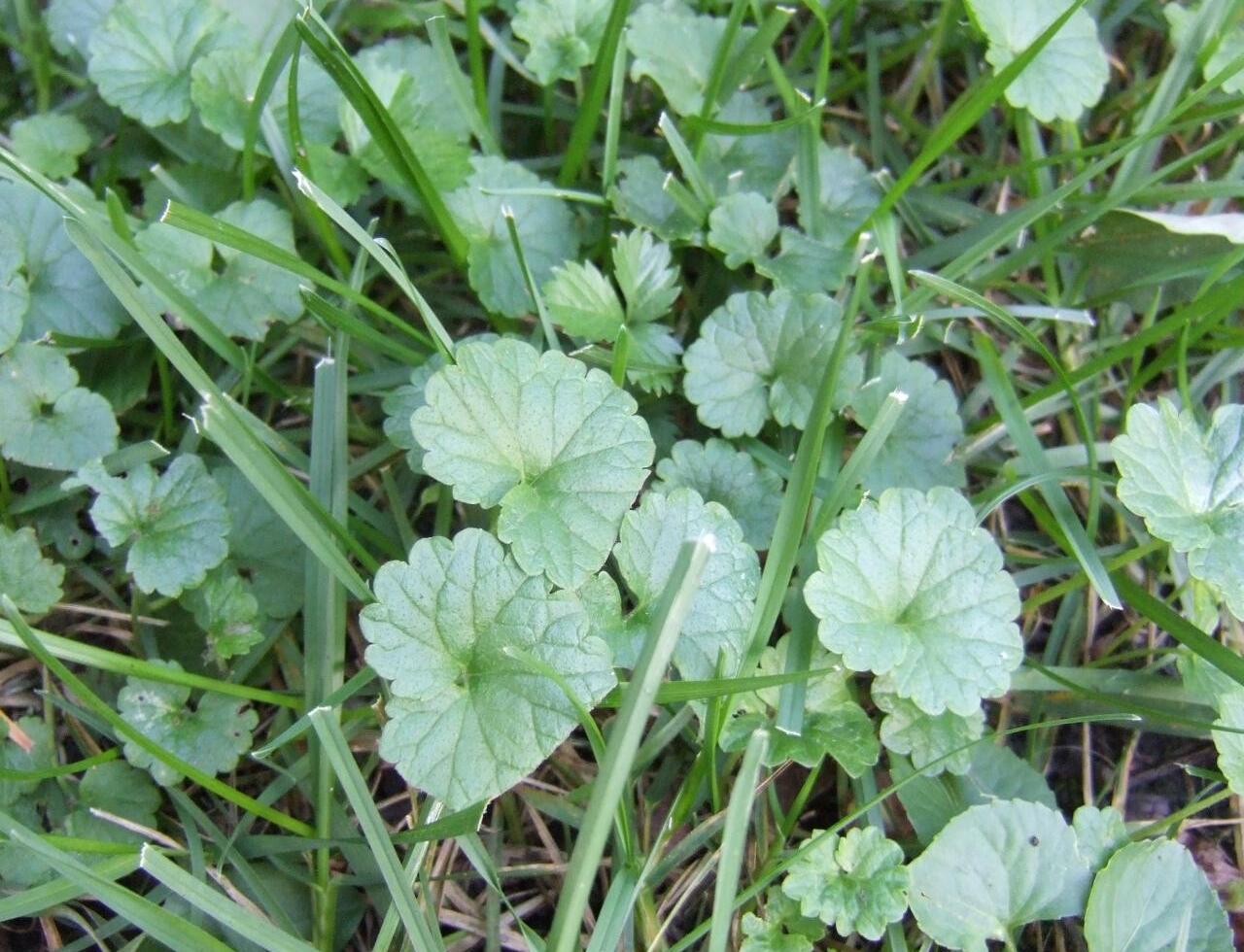
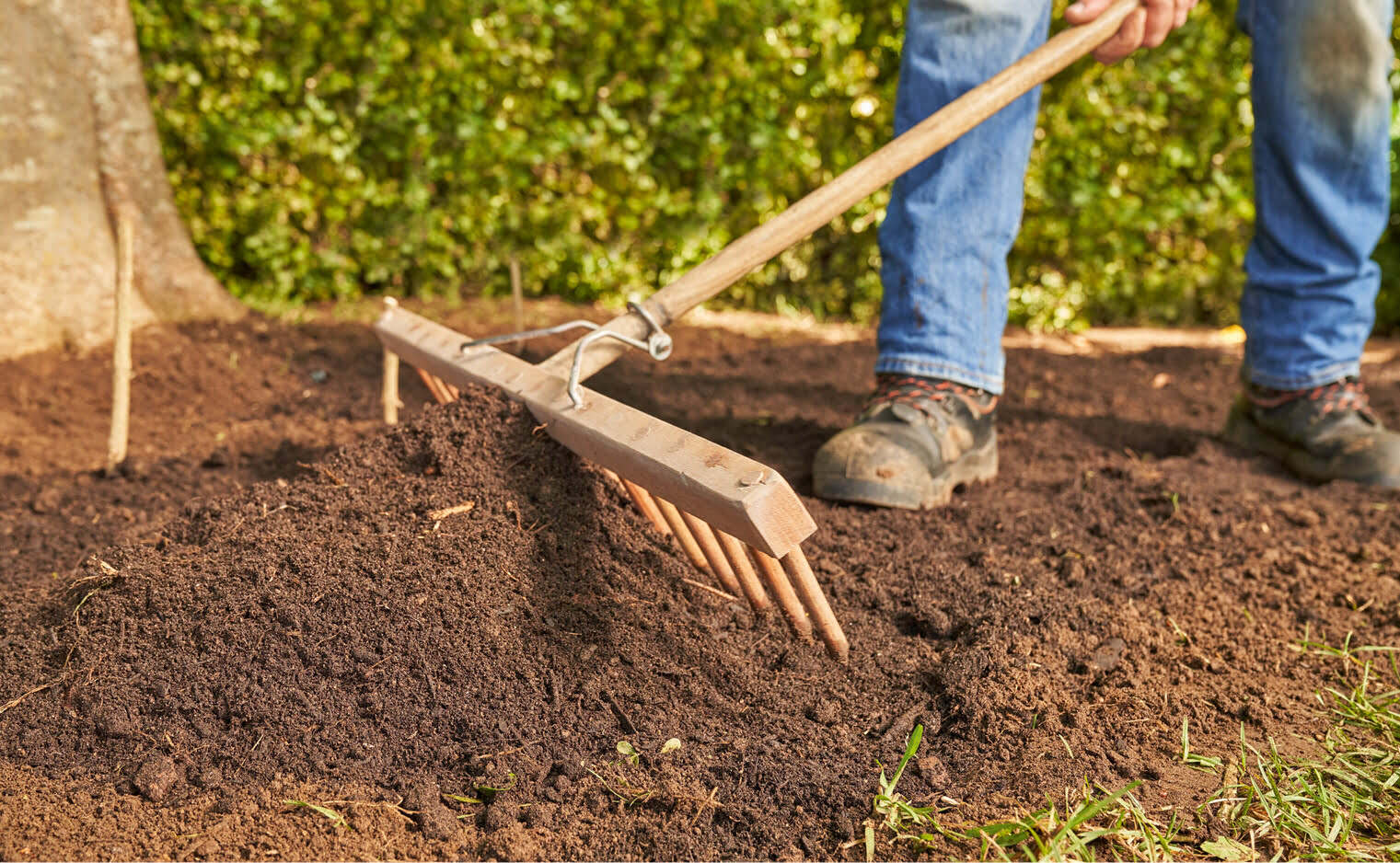
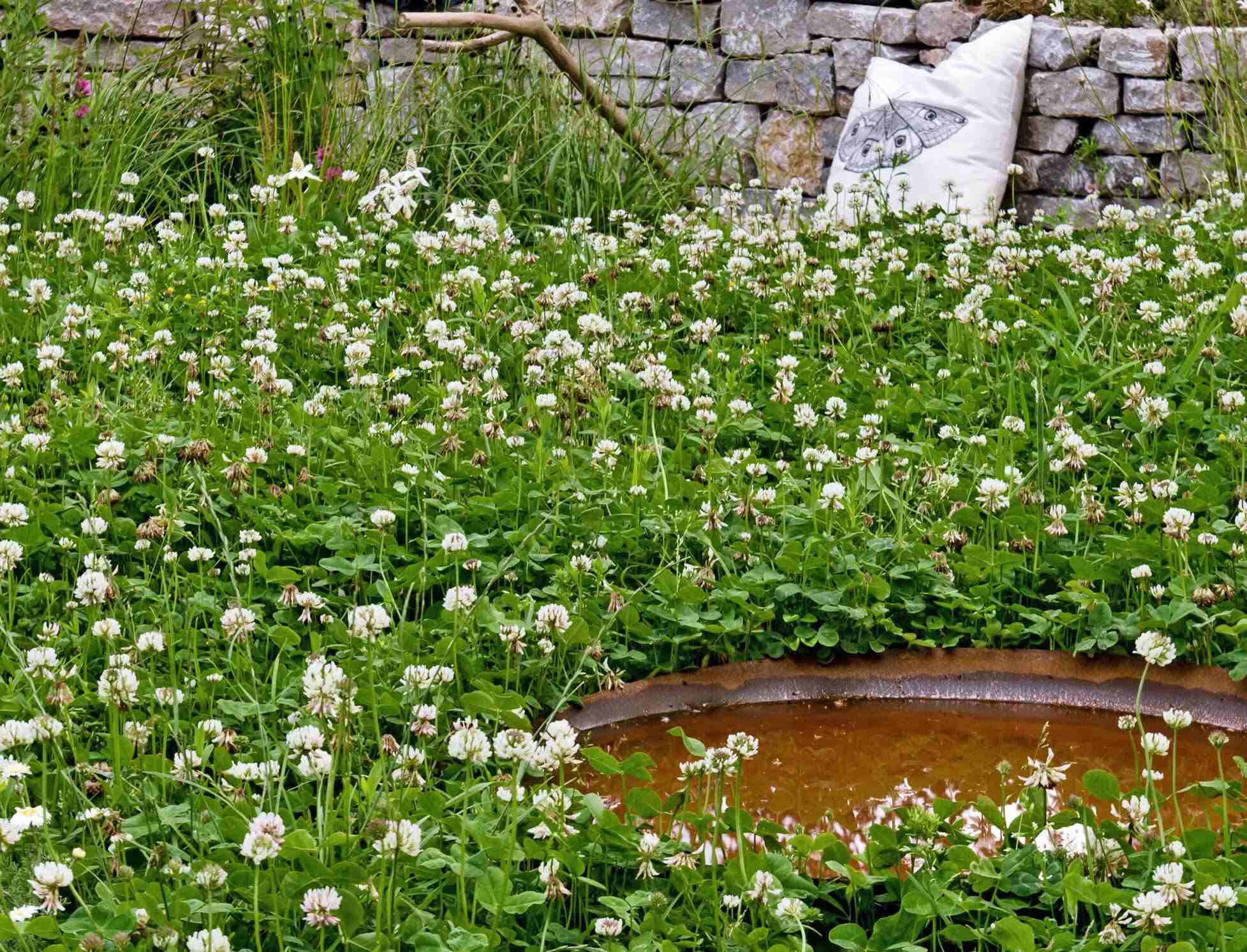


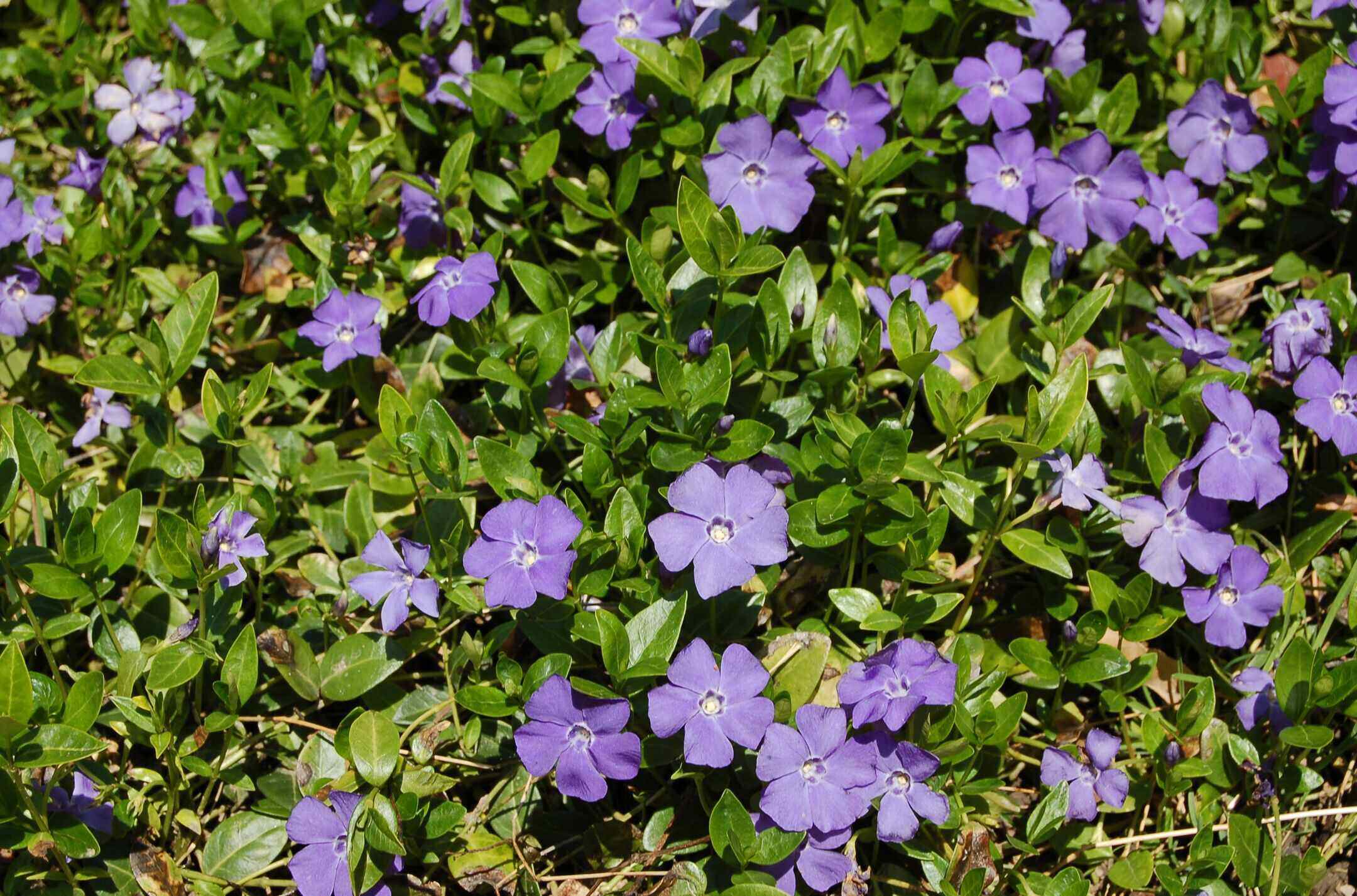
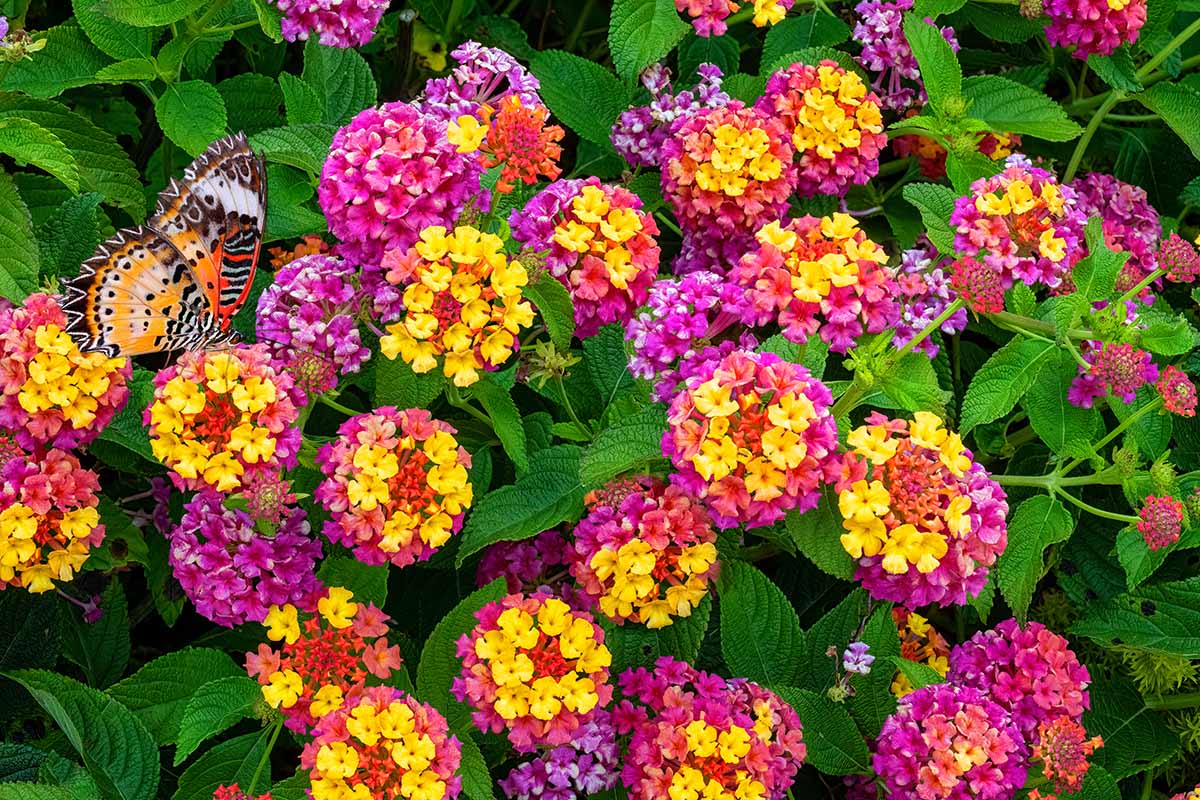
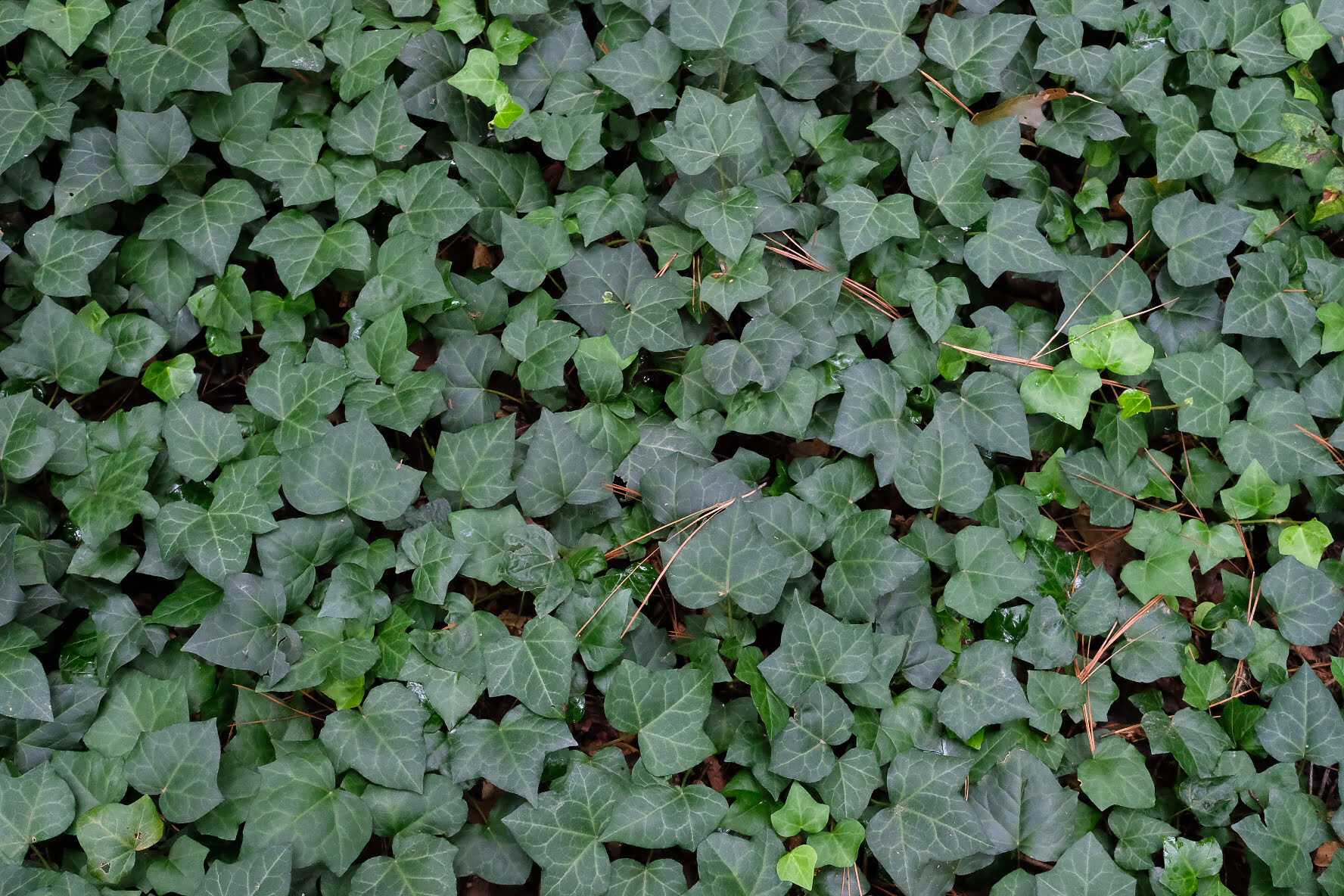

0 thoughts on “Ground Cover: Snow On The Mountain – How To Get Rid Of It”